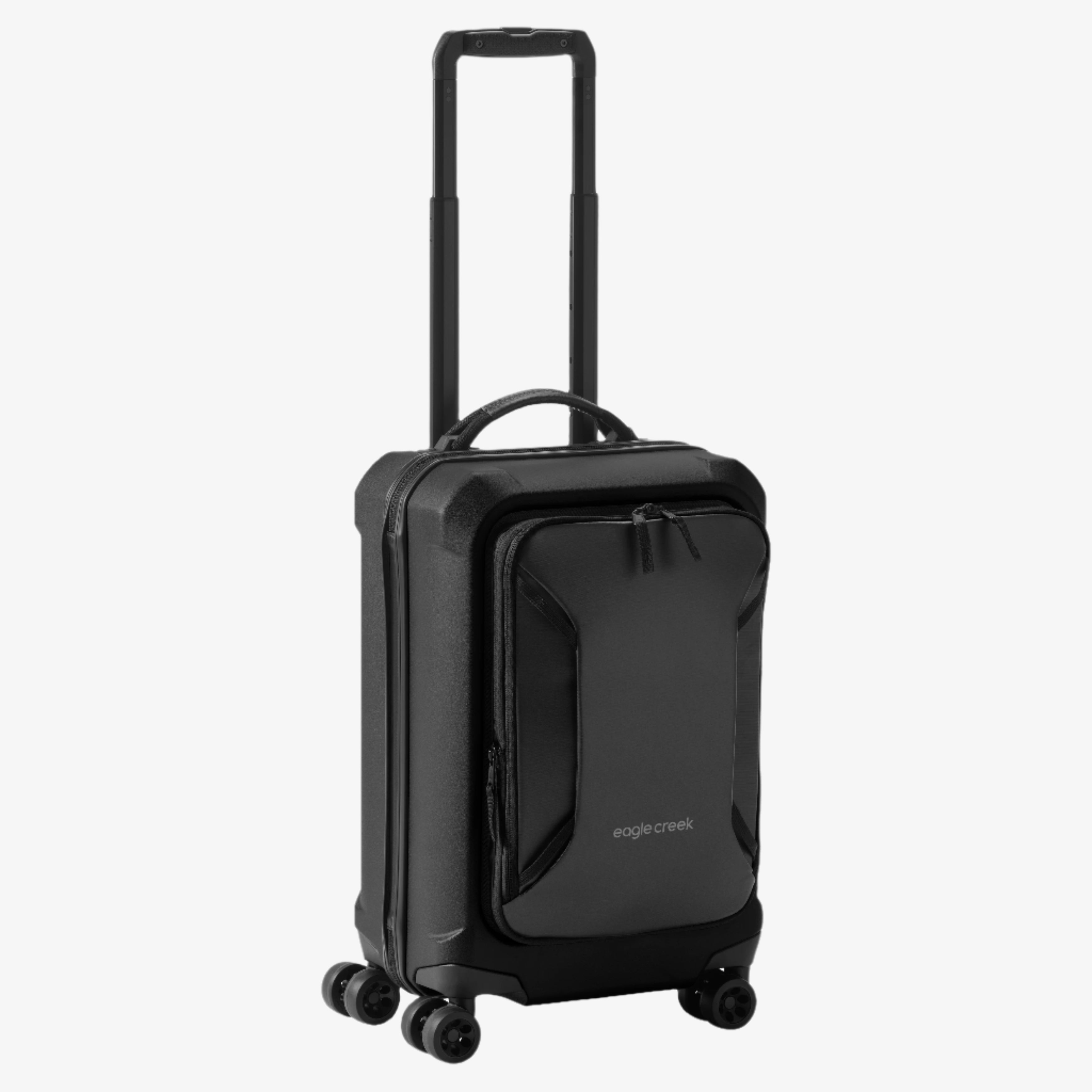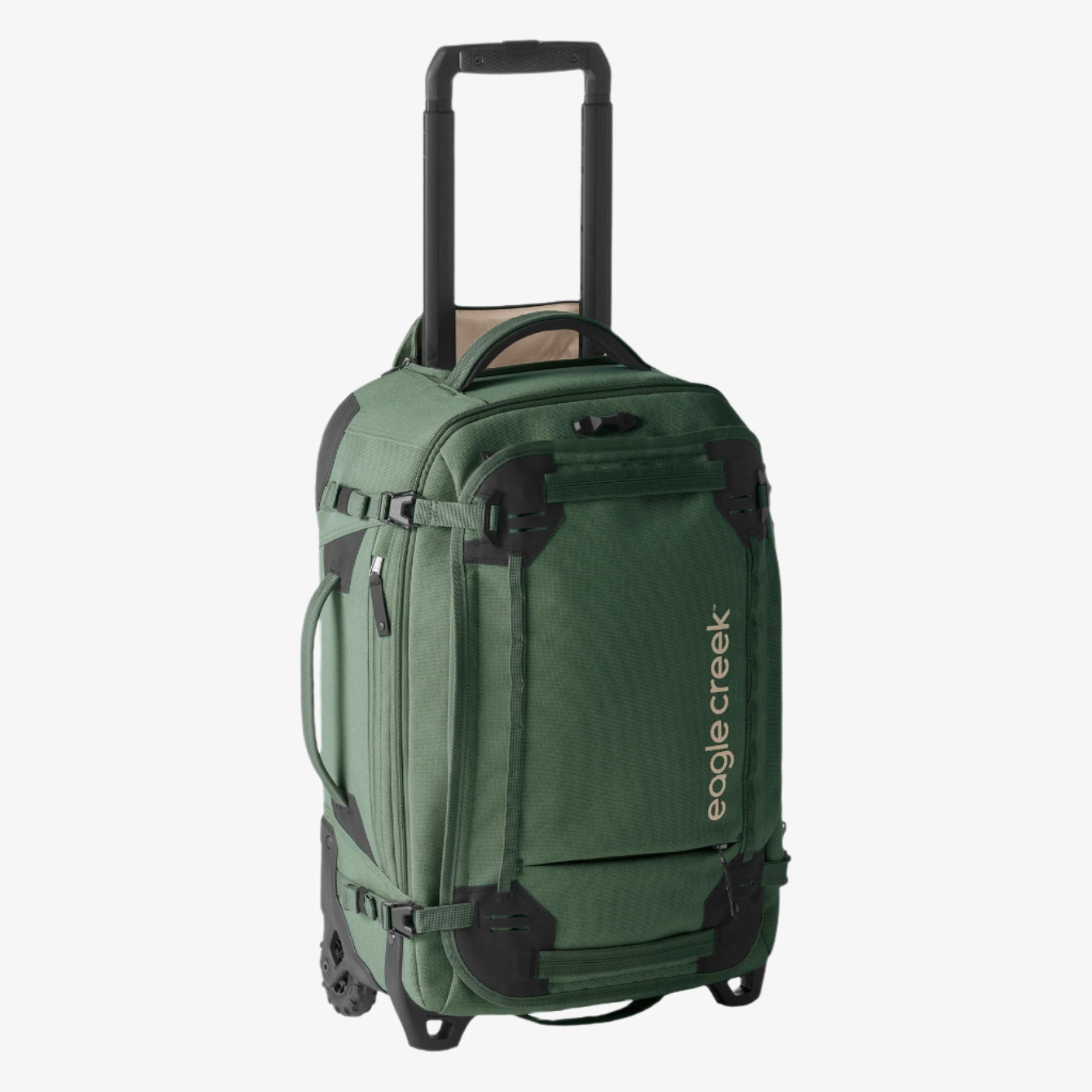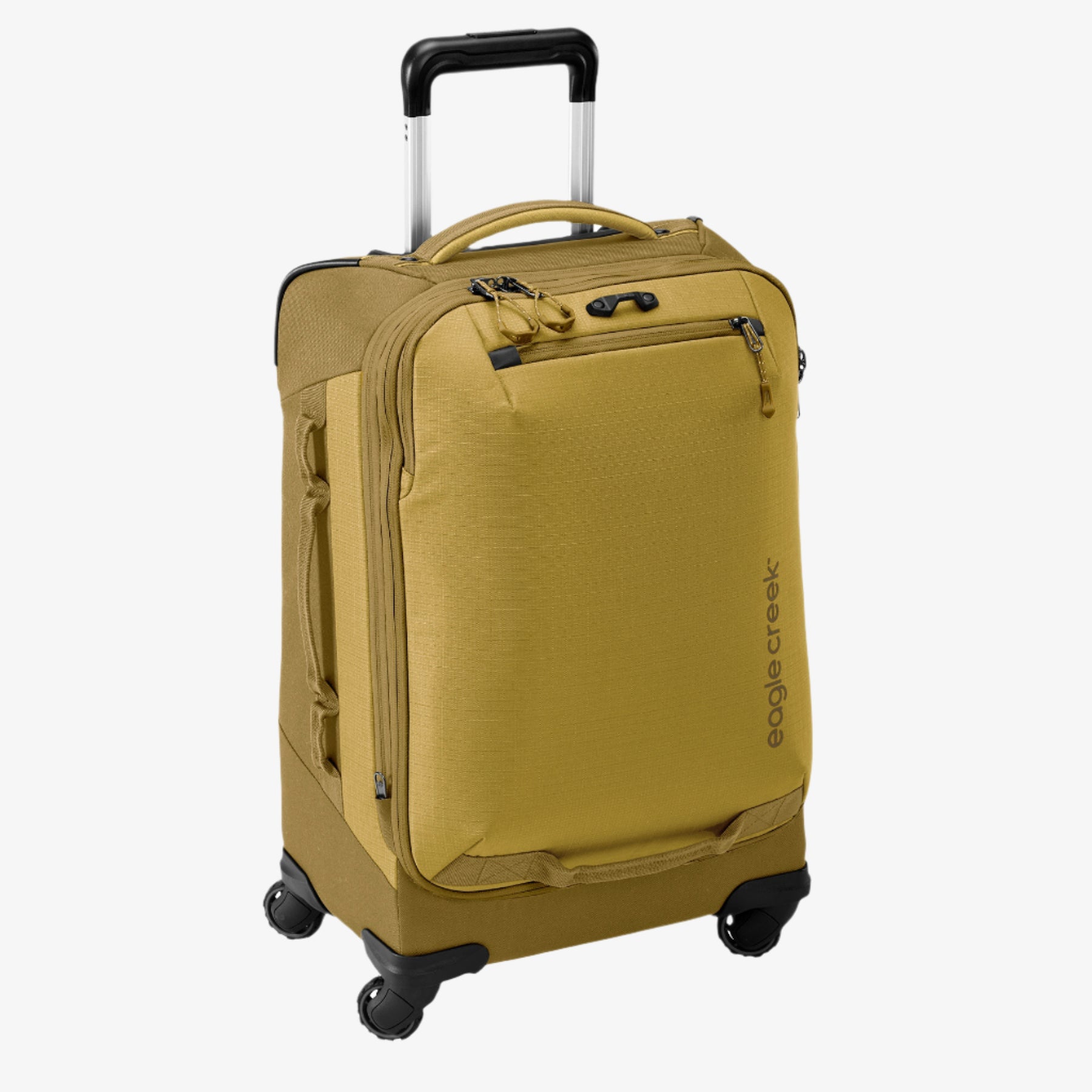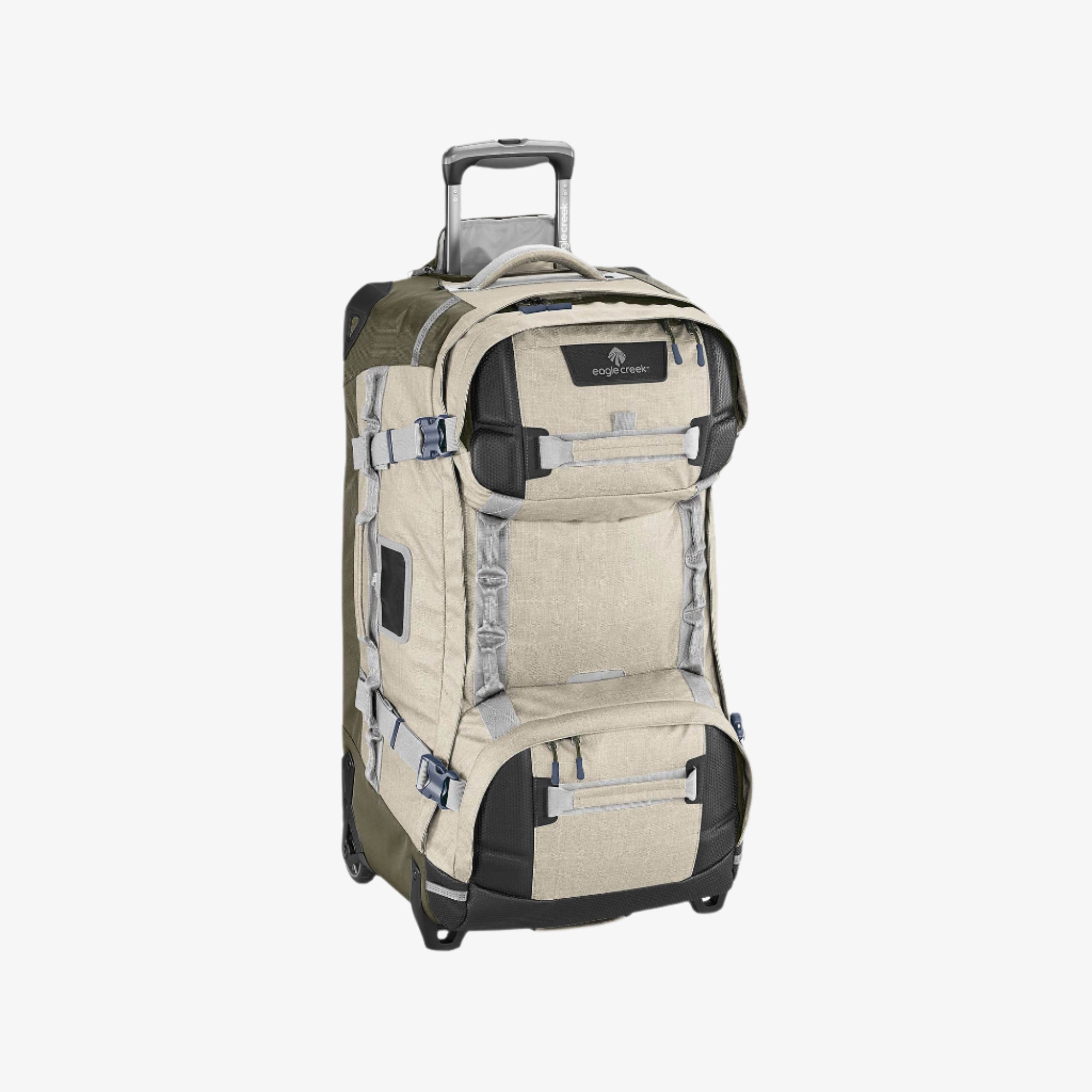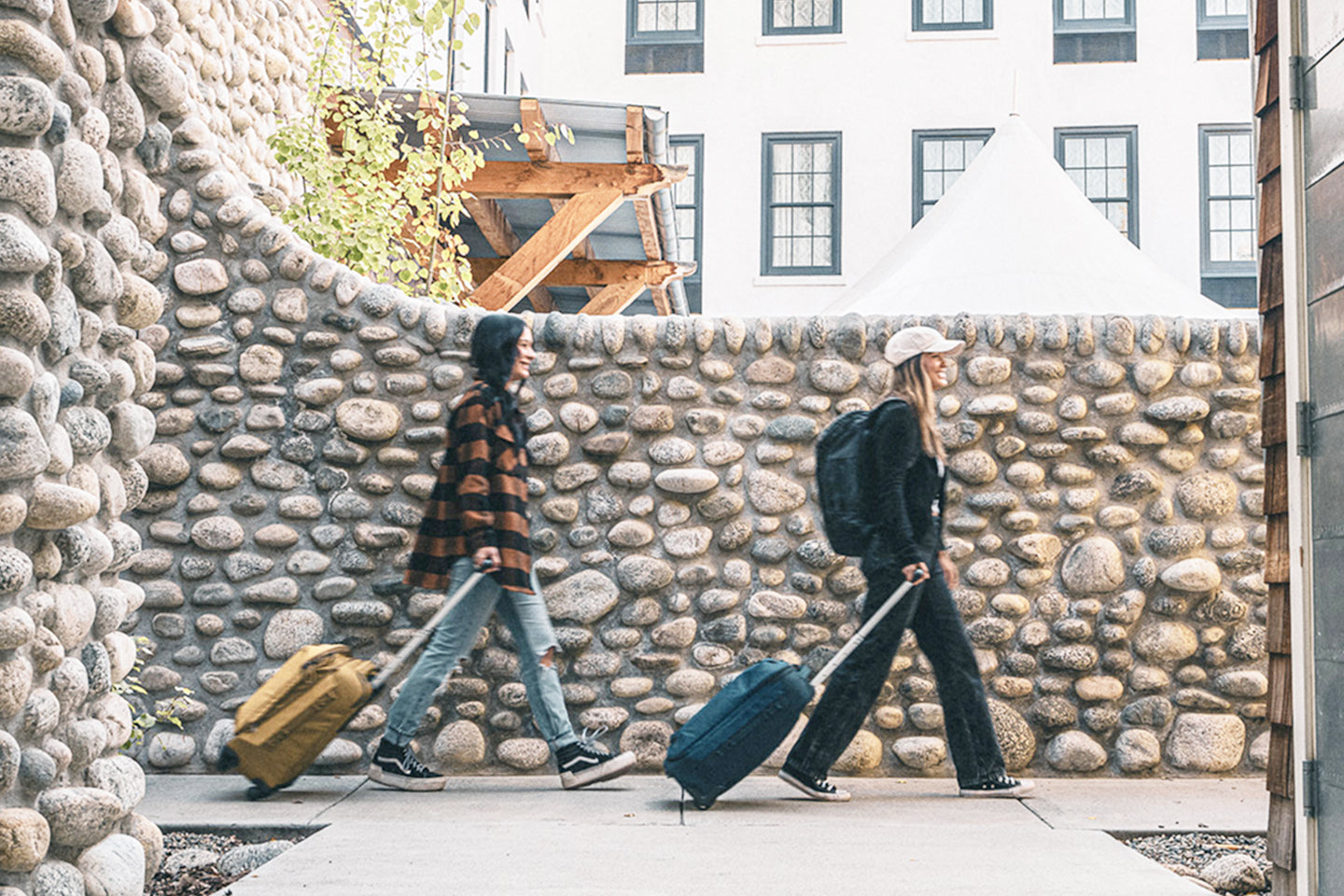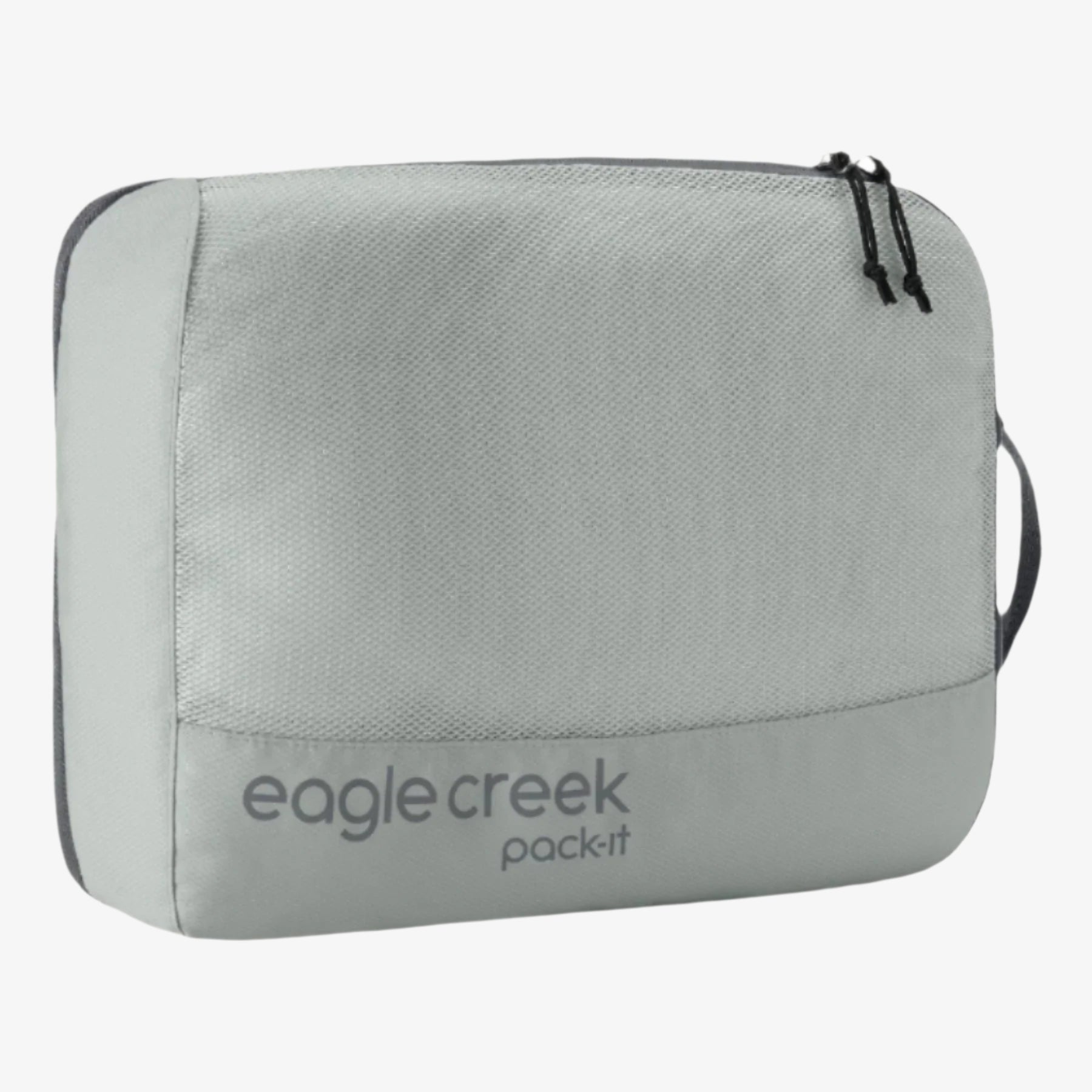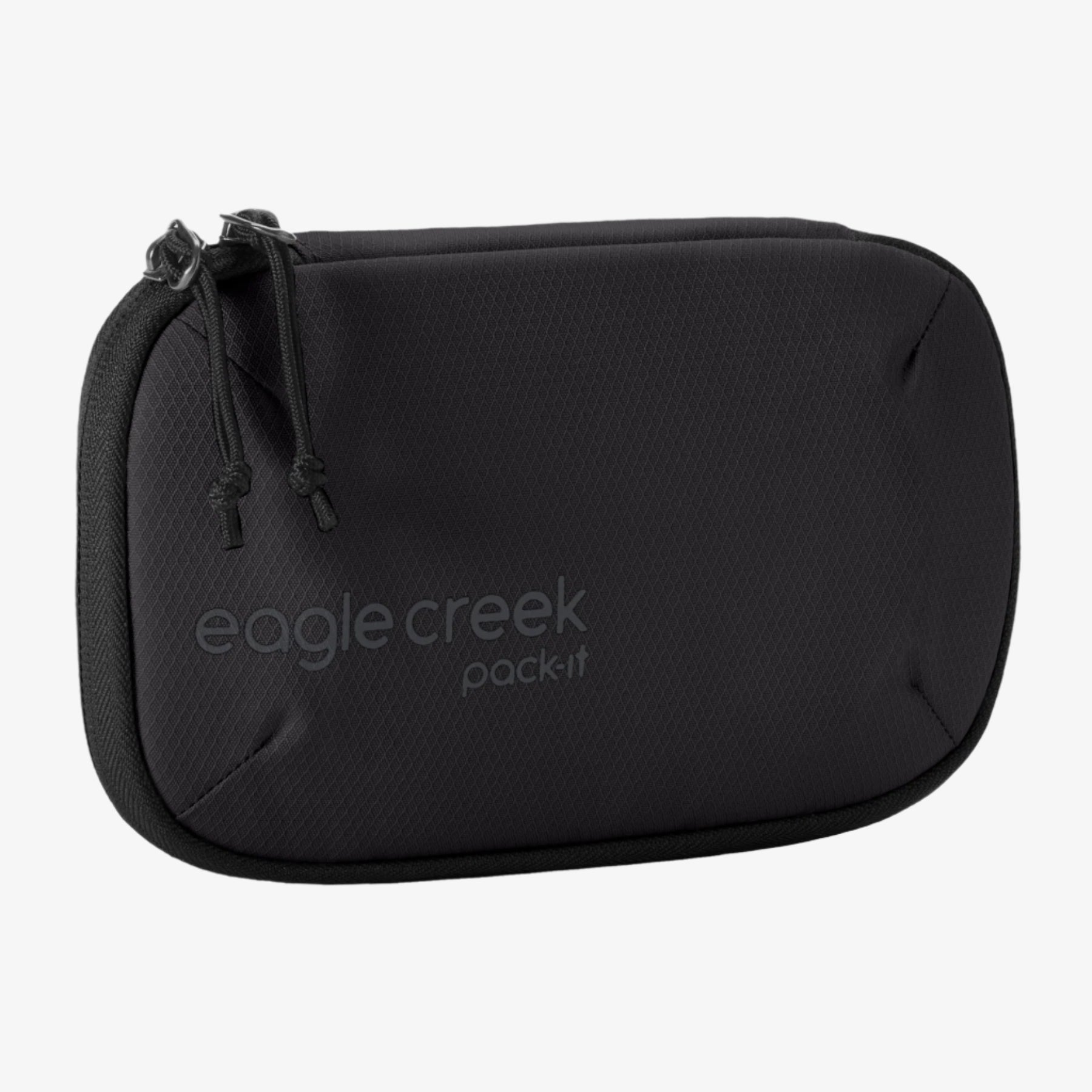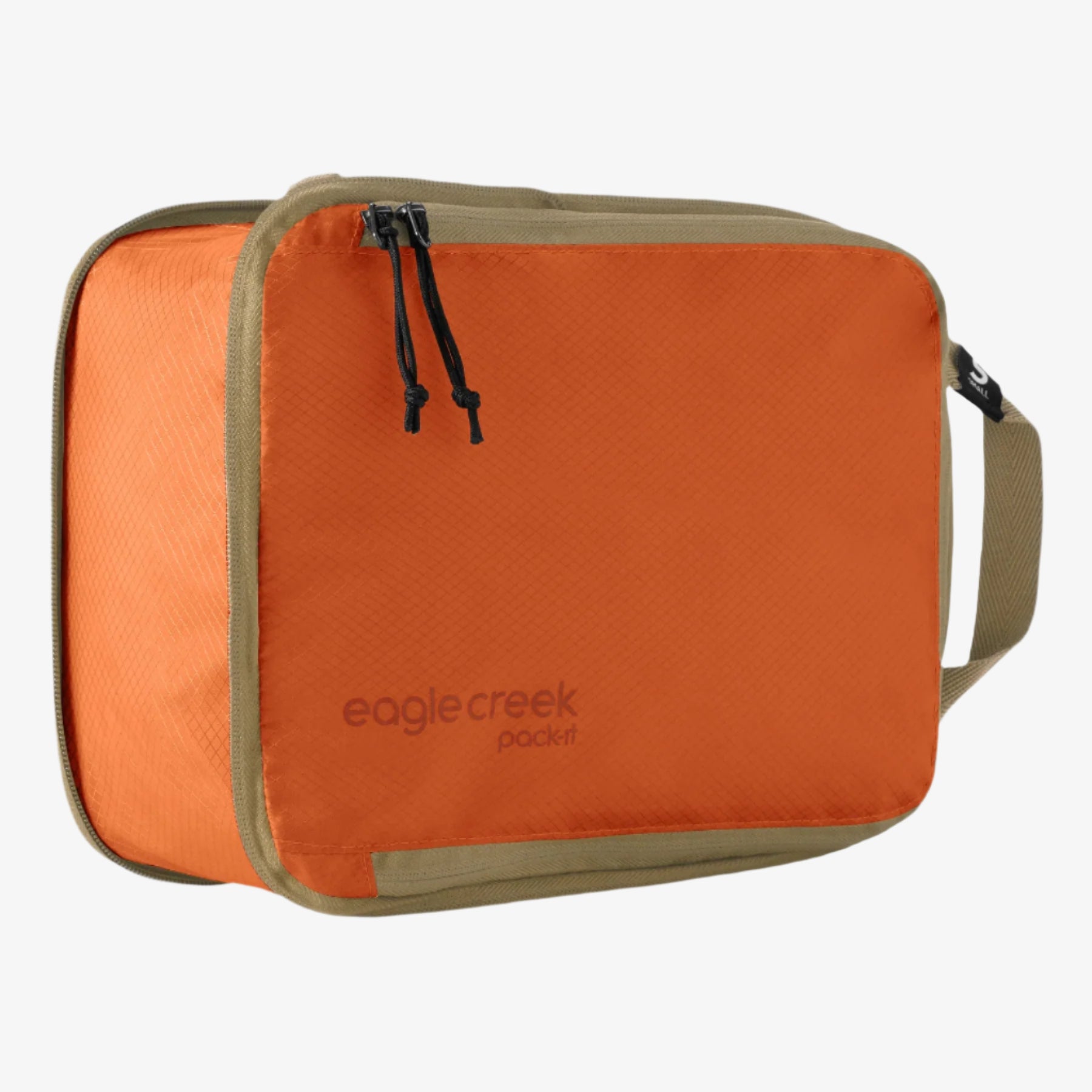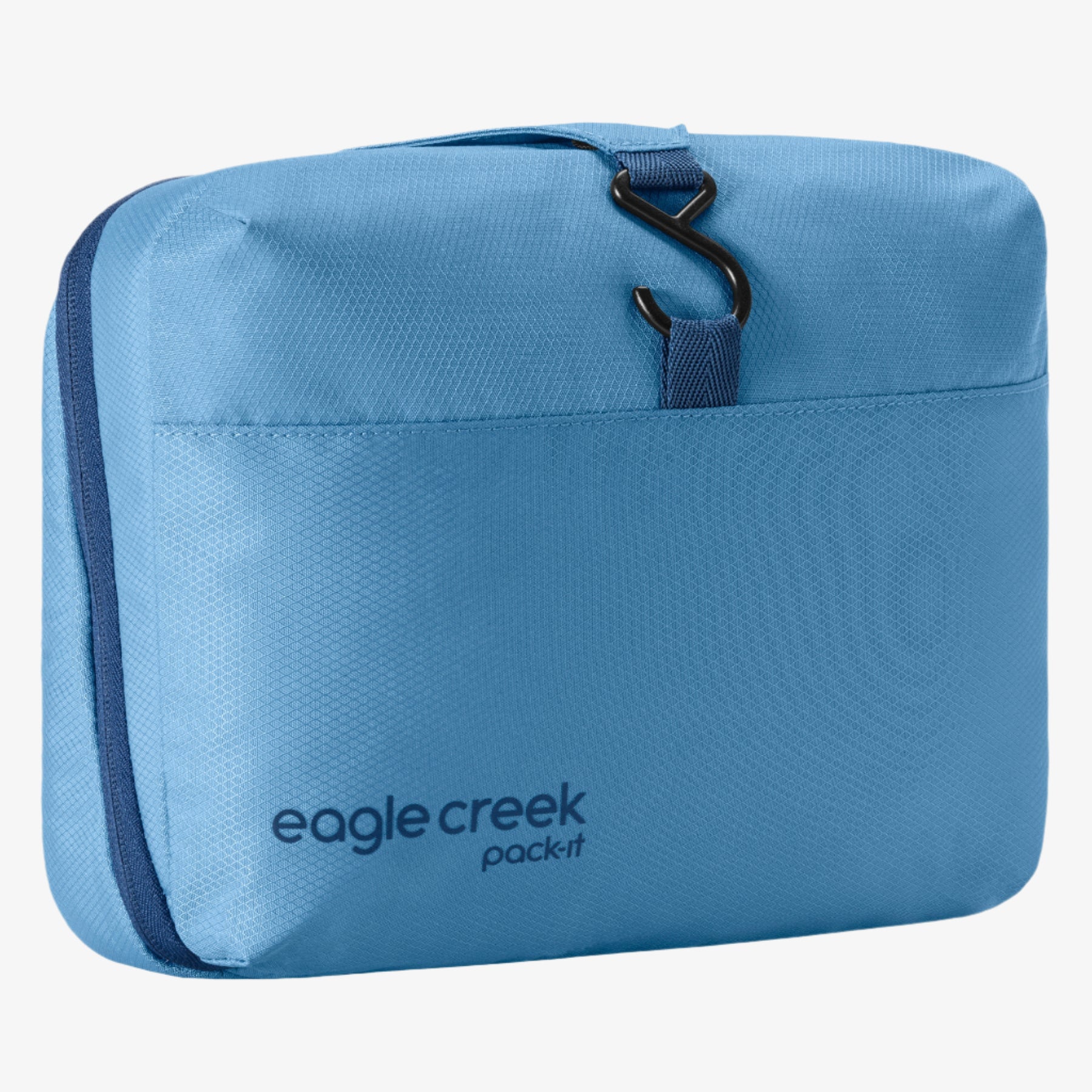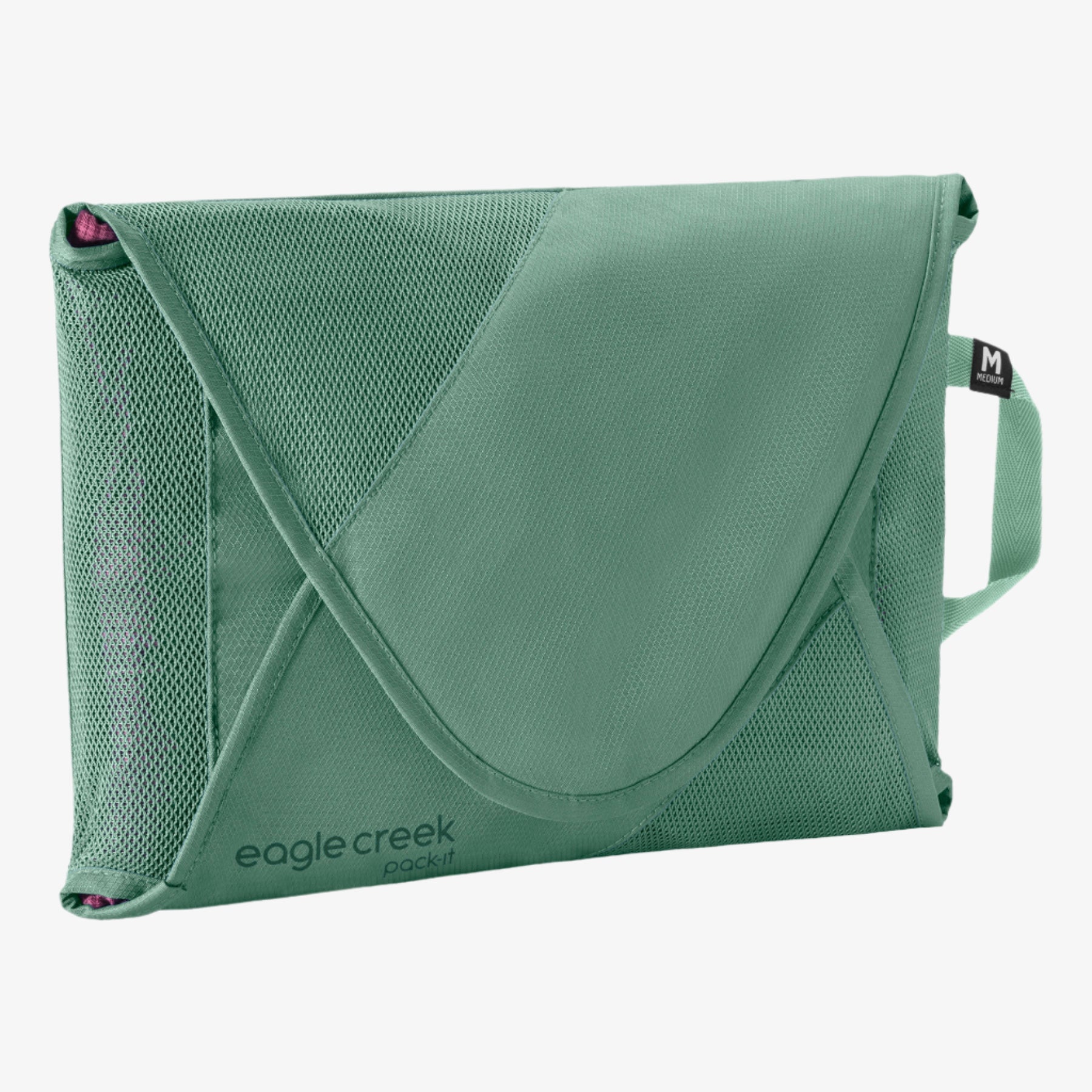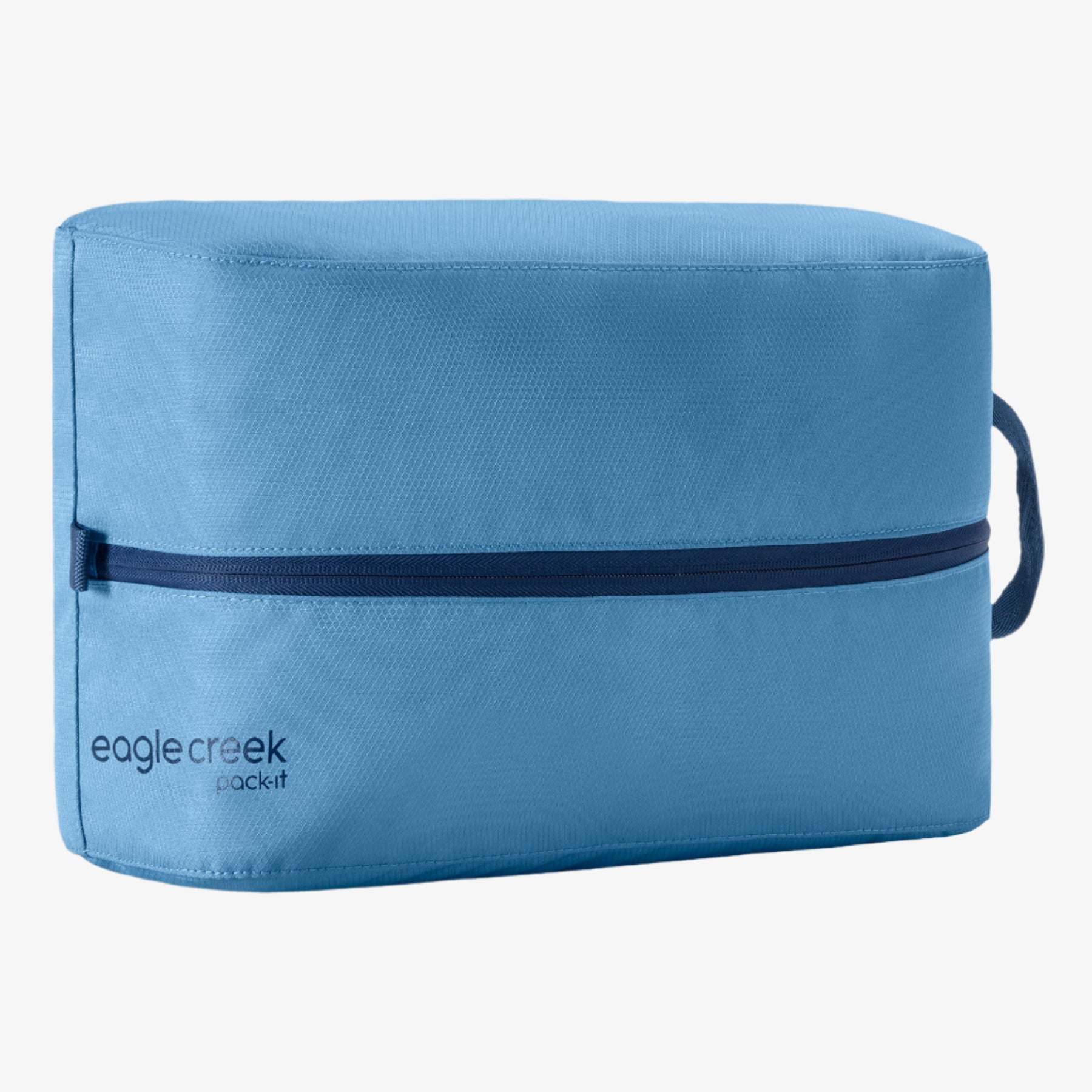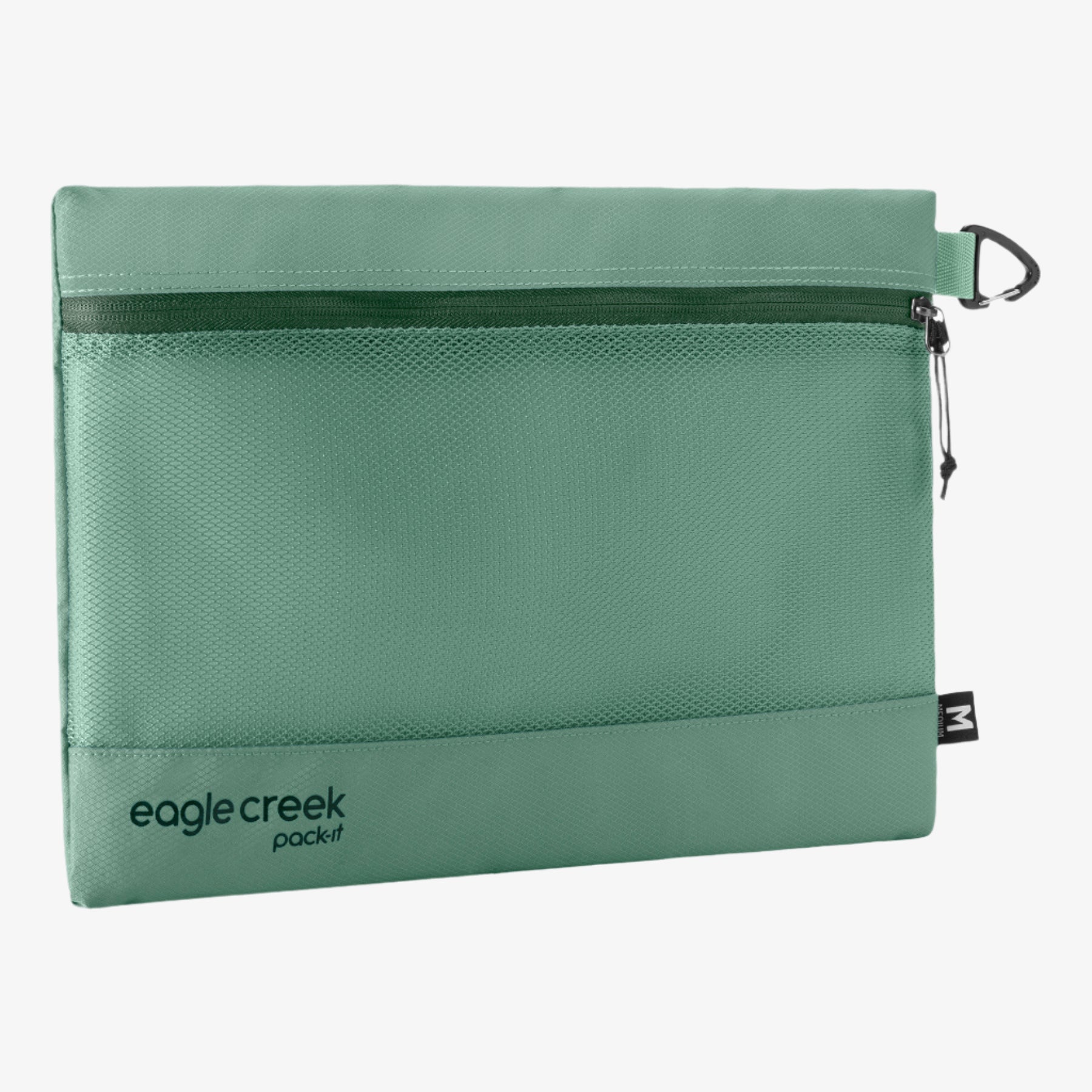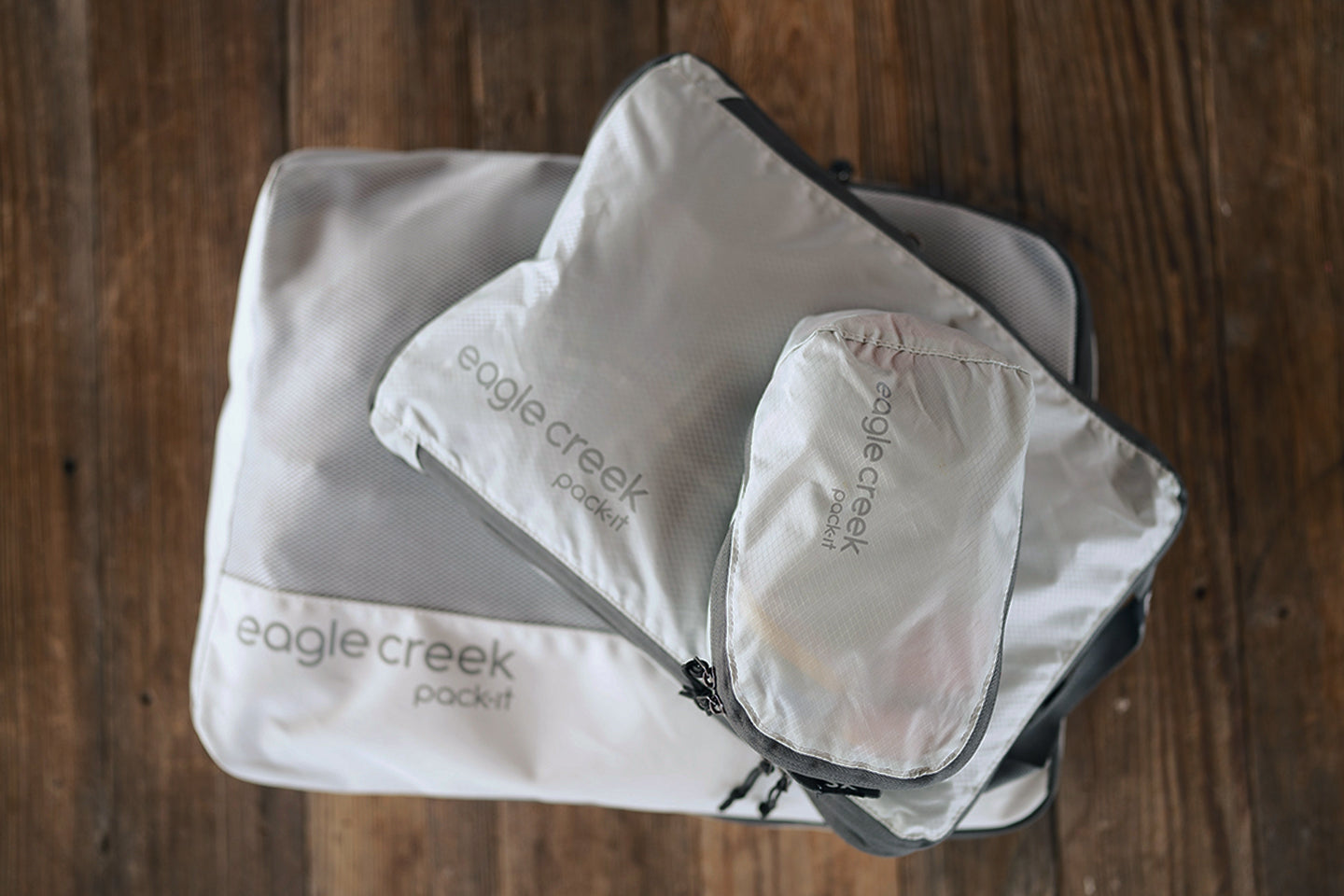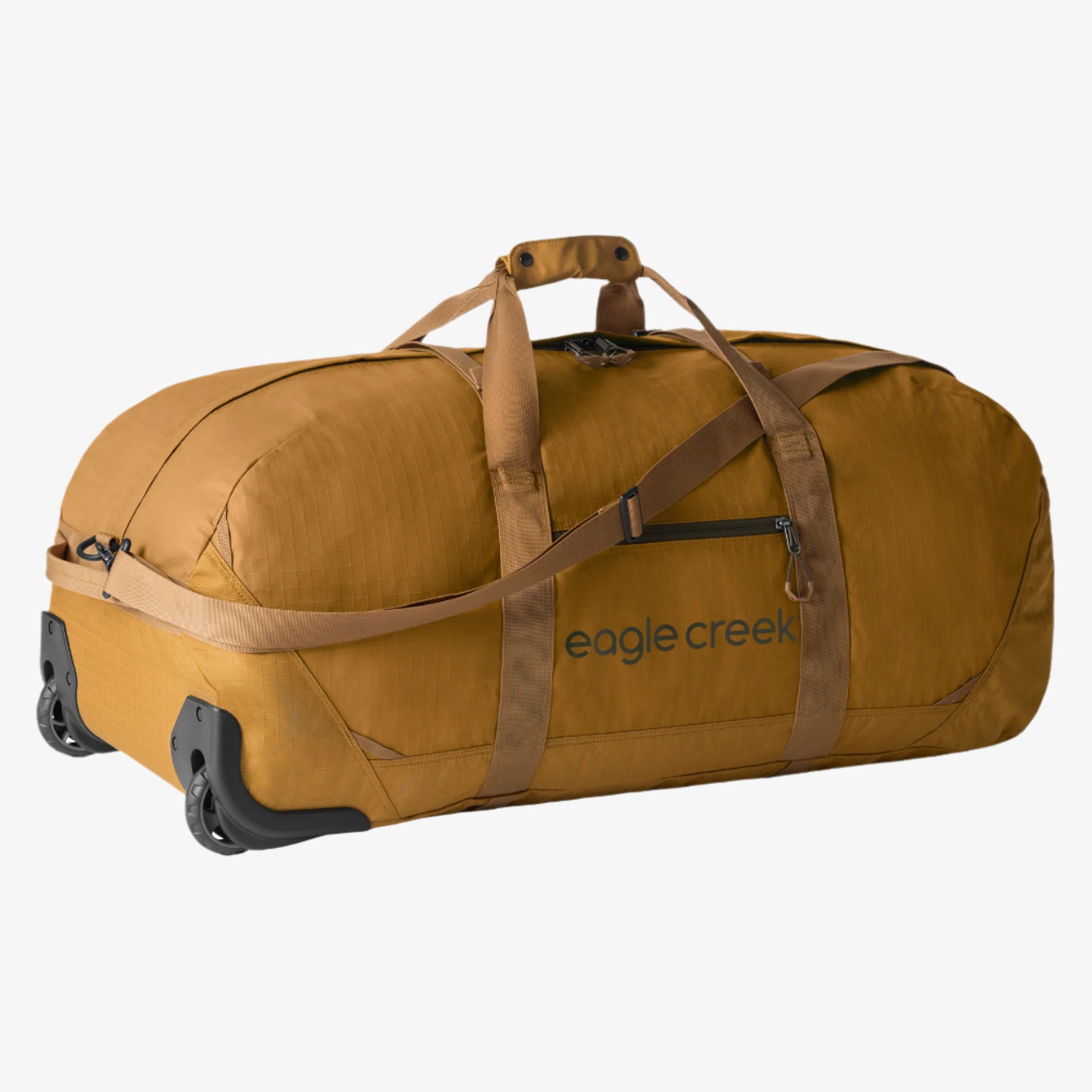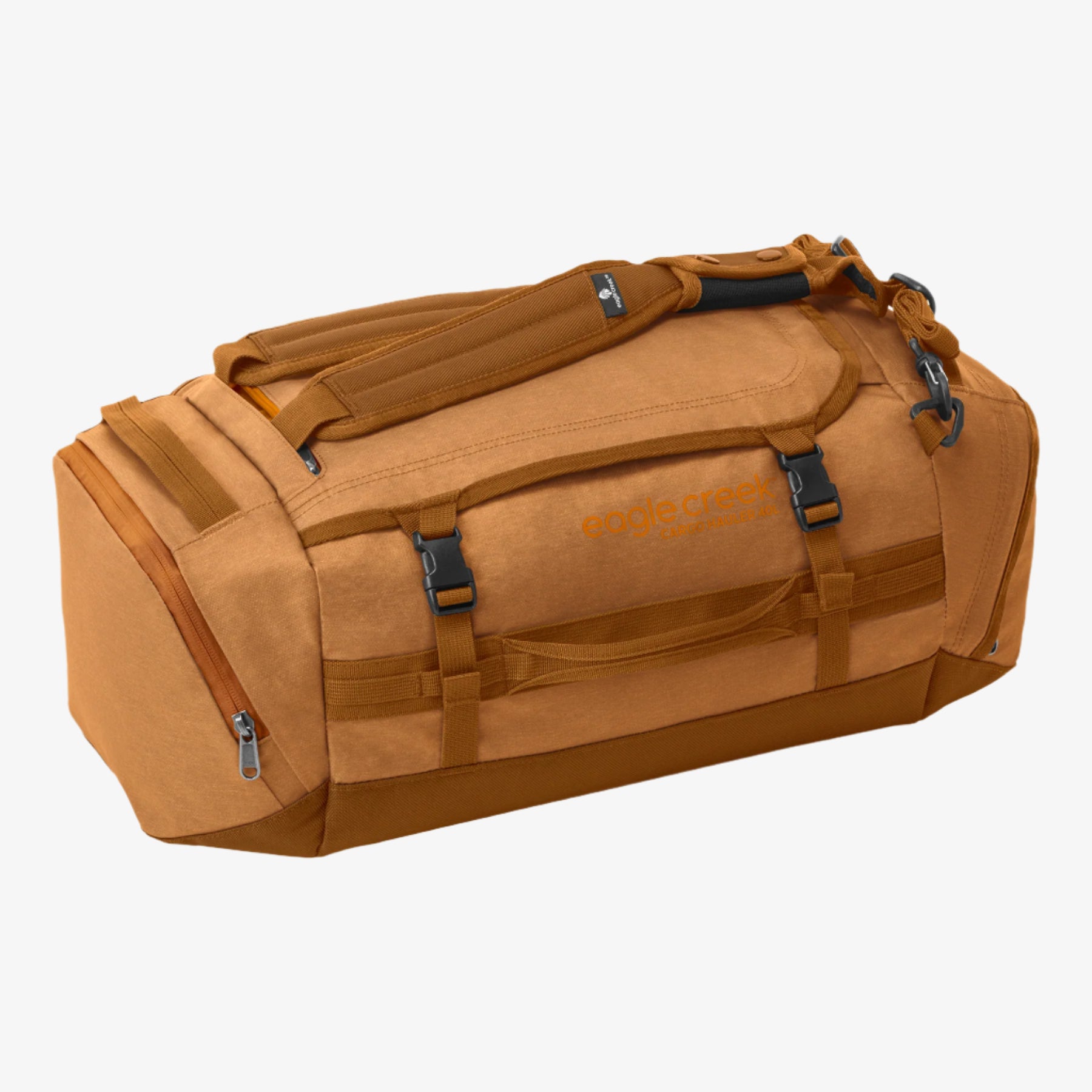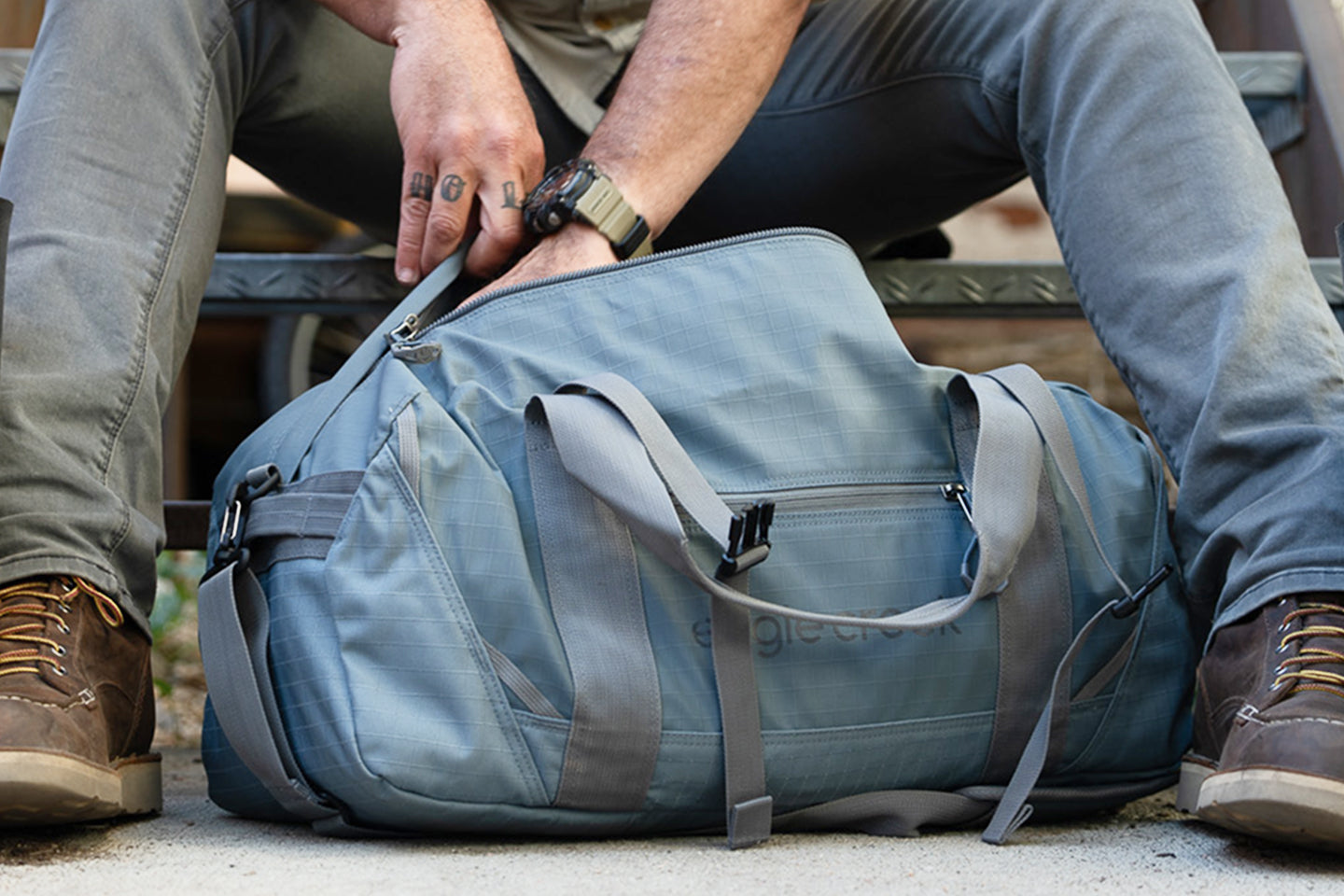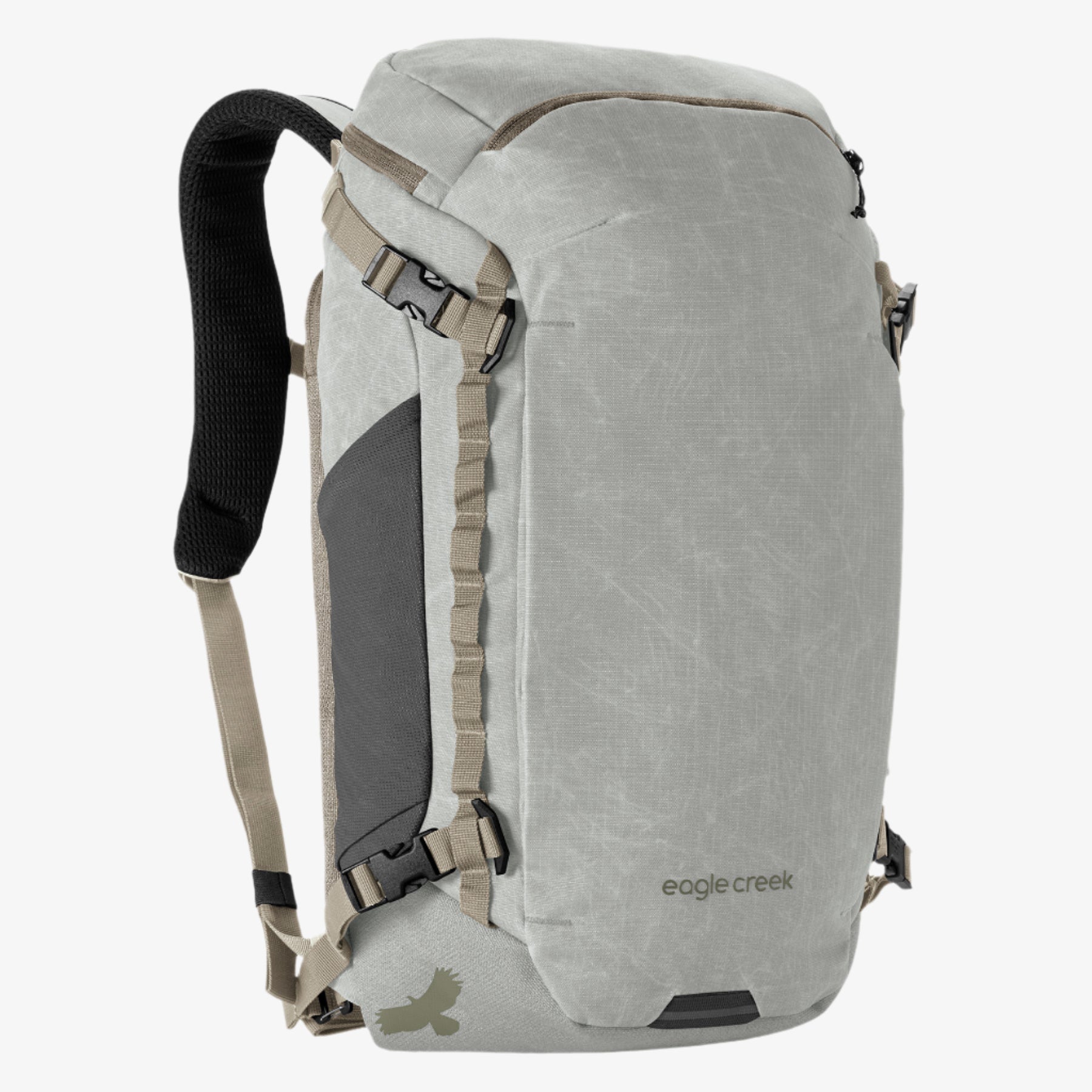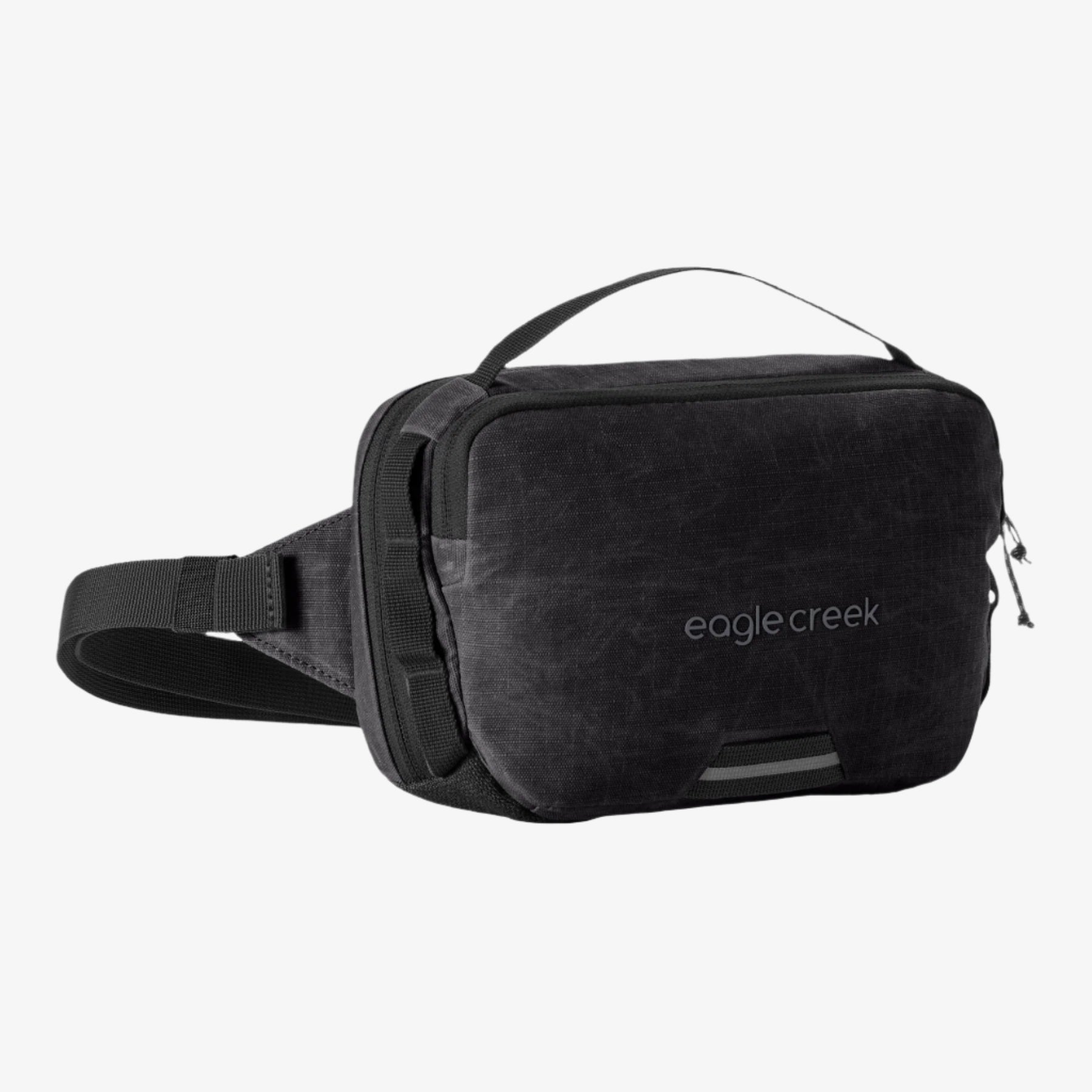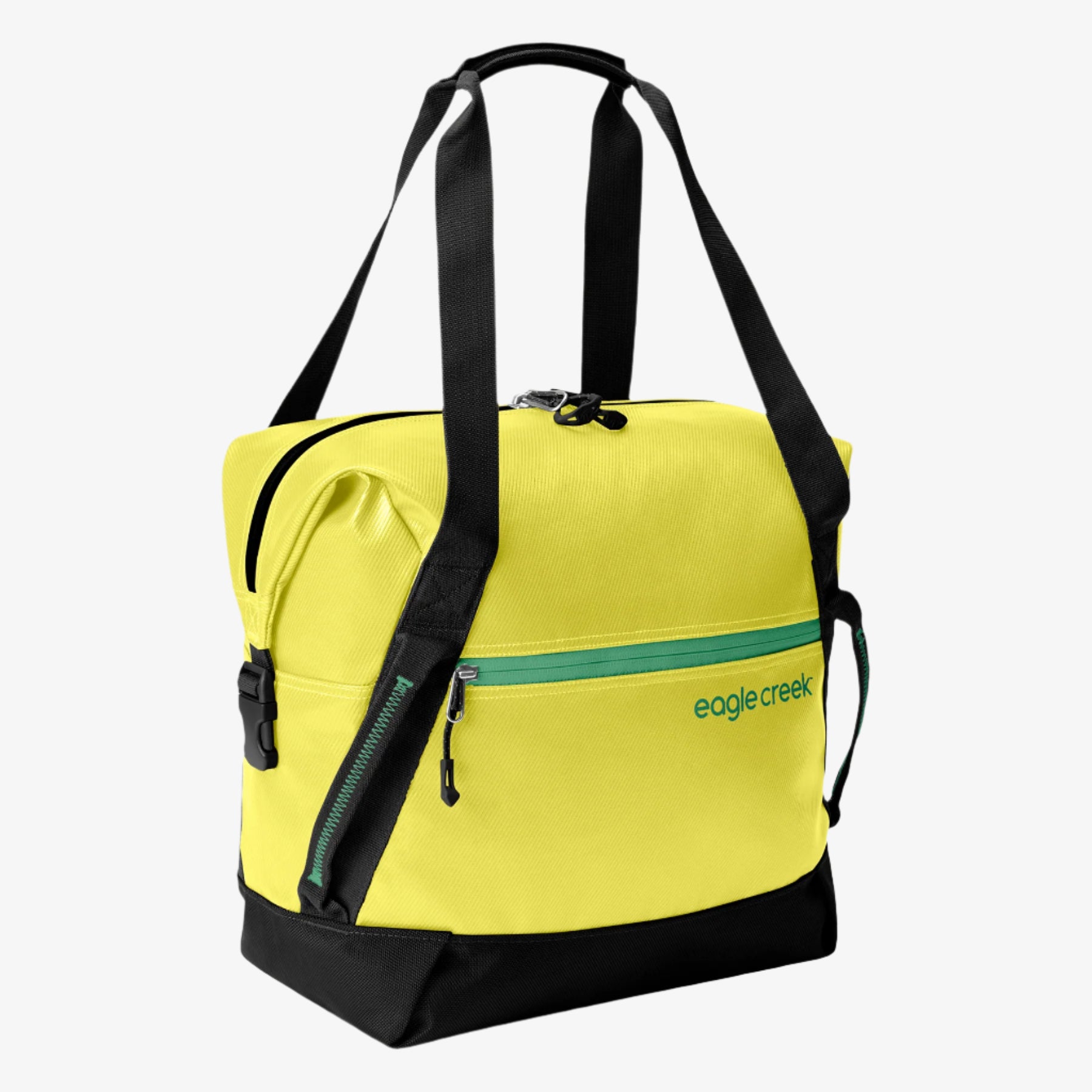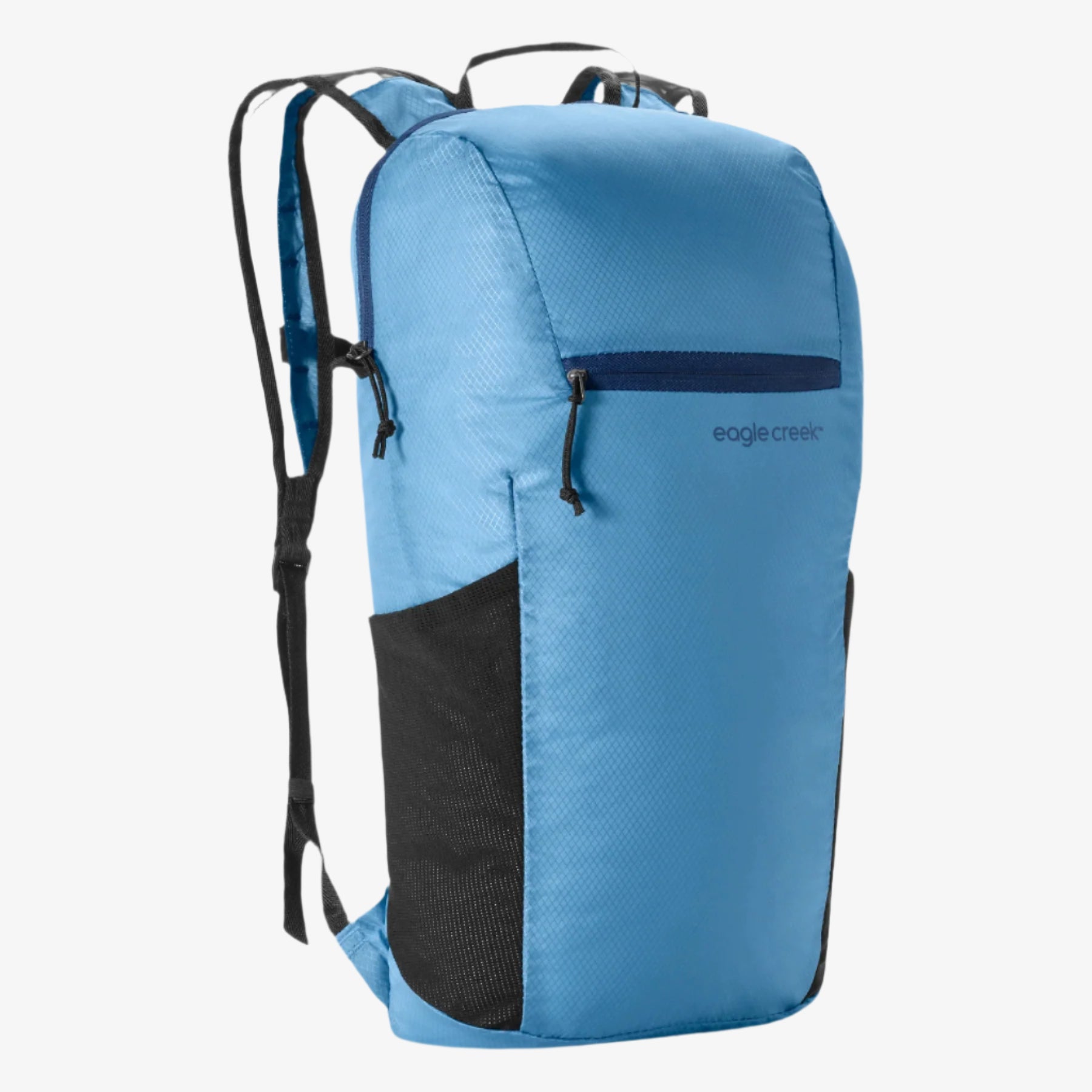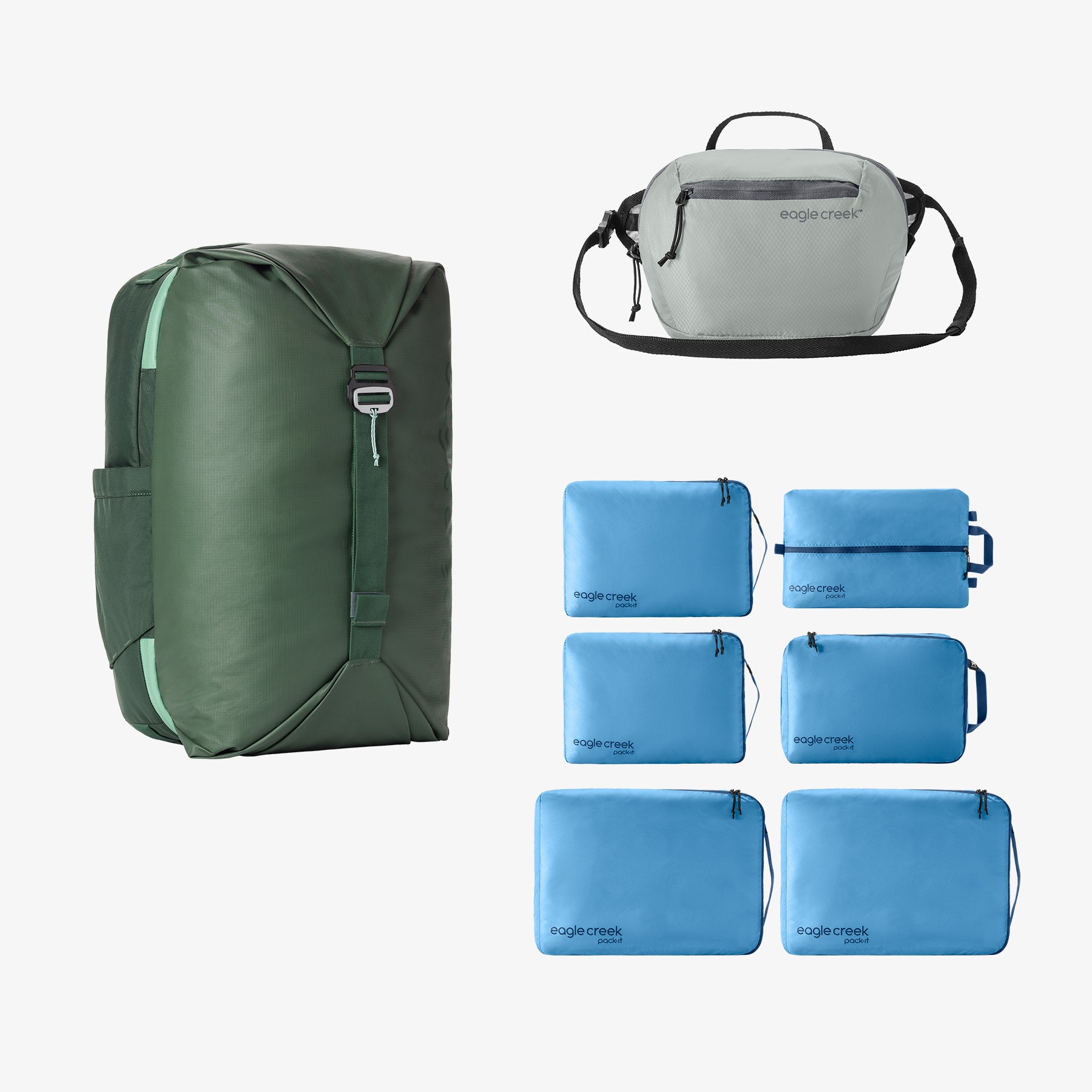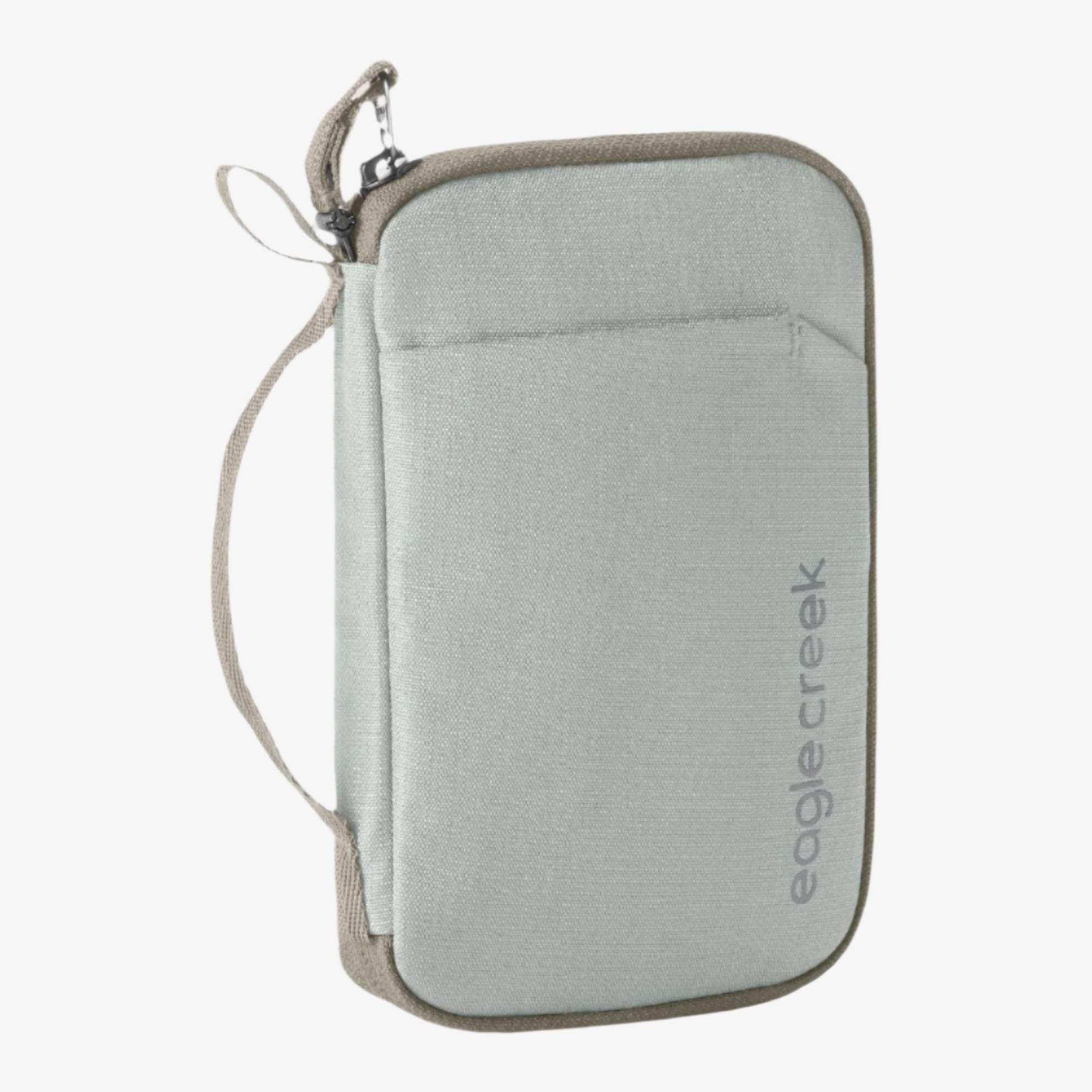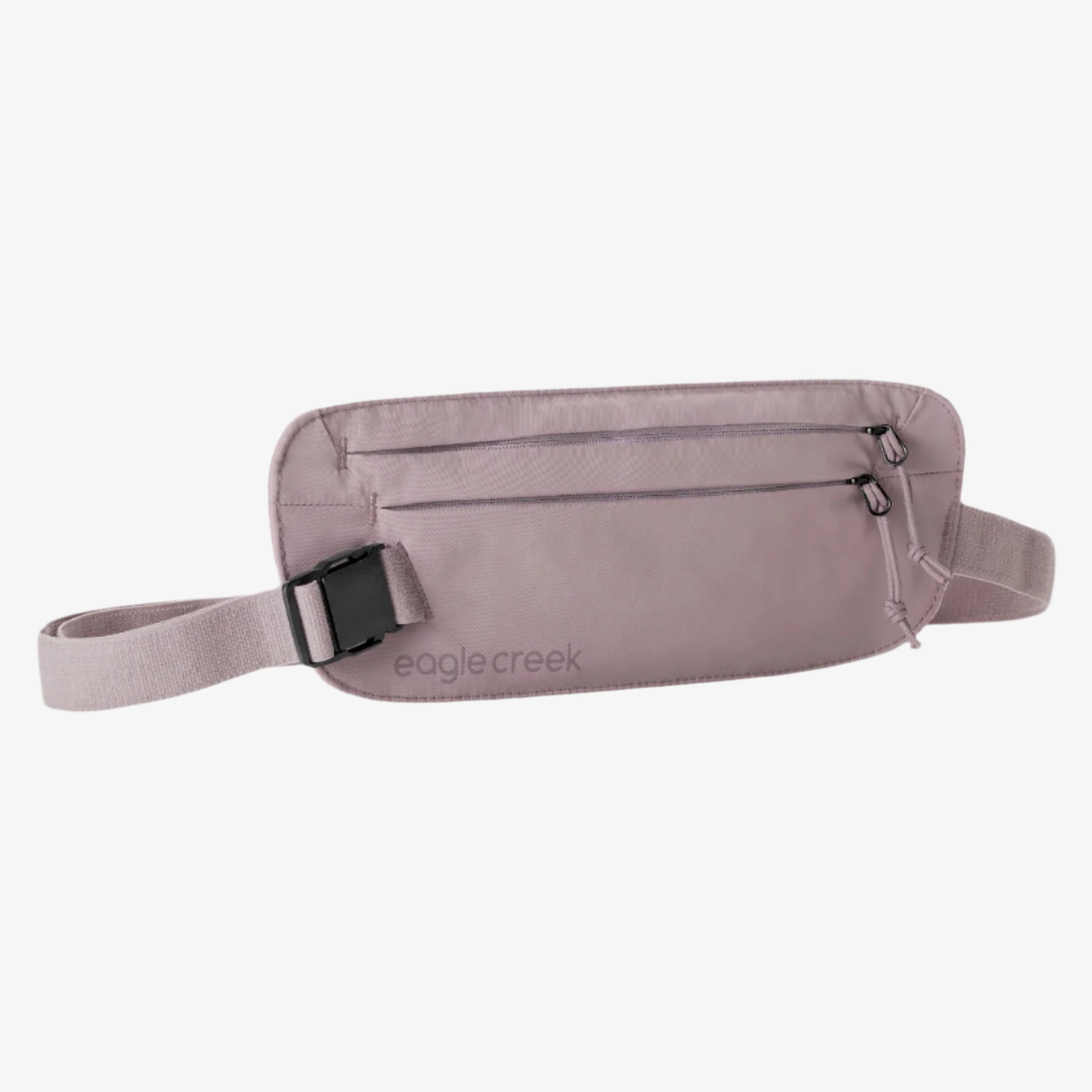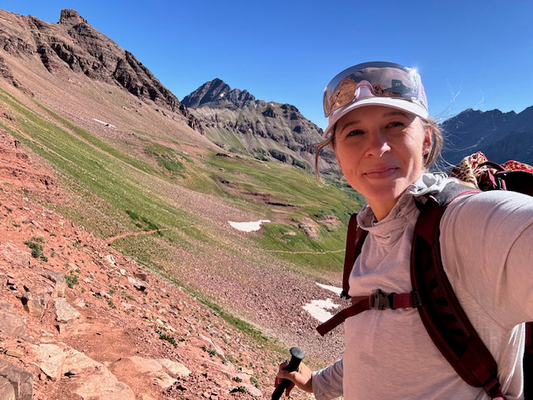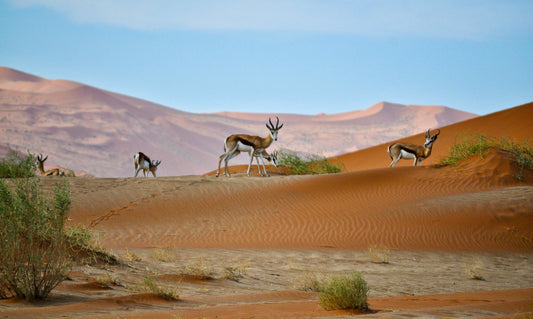
Technology allows us to snap pictures in some of the most beautiful places on Earth and share with our friends. But when you geotag your travel and nature photos, are you helping or harming these pristine places?
It’s no secret: We travel with our eyes before we physically leave our couch. Scrolling through Instagram, it’s easy to fall in love with places that seem off the beaten path and blessedly free of other people. These posts, depicting pristine places just itching to be photographed, are wonderful for wanderlust but can be downright toxic for the destination.
If you tag it, travelers will come—and that’s the trouble with geotagging.
What is Geotagging?
Geotagging is when your smartphone or other GPS-enabled device attaches geographic coordinate information to images, video, and other media. When you search for a destination in your camera roll—sometimes they’re even populated on a map—and your travel photos pop up? That’s geotagging. It’s also the technology that lets you “check in” on Facebook or add a location to your Instagram post. Geotagging is not inherently terrible—after all, Cuba might shoot to the top of your list after you see geotagged photos of people diving or swimming in waterfalls. But when hidden gem locations are suddenly not so hidden, problems emerge.
Why is Geotagging a Problem in Travel?
Some of the world’s most scenic—and heretofore lesser known—destinations are experiencing record crowds due to geotagging. This does not apply to famous landmarks, like Old Faithful or the Grand Canyon: People will find those treasures on their own.
But it does apply to places like Delta Lake, a remote lake in Wyoming’s Grand Tetons near Jackson Hole. A few years ago, only a handful of hikers would take the nine-mile trek to the alpine lake; now, more than a hundred people a day might make the hike, laden with bags full of equipment, hoping to capture the perfect shot.
Or consider The Swing At The End Of The World in Banos, Ecuador, a hidden gem in this adventure-focused town. Before, you had to ask locals for directions and getting there was not straightforward—your best bet was to throw on your backpack and start hiking. Fast forward a few years and now there are public buses carting people up there. You can still visit, but be prepared to wait in line for your perfect photo opp.
This growth doesn’t just change the feel of a place. Increased traffic on little-known trails can lead to erosion and decimation of natural beauty (particularly for inexperienced hikers); tour buses dropping off crowds at once rural places can change the personality of a place as well as cause tension with locals.
And folks endangering themselves and wildlife for a selfie with a bison?
Don’t get me started.
Alternatives to Geotagging
There is a solution.
Don’t geotag.
Or, geotag with a message.
Aspen, Colorado is home to the most photographed location in the state—Maroon Bells—but there are many, many other beautiful spots to discover. To help preserve Aspen’s “iconic and pristine natural beauty,” the Aspen Chamber developed a new geotag in an effort to reduce human impact on Aspen’s landscape. The Chamber also created The Aspen Pledge, an effort to educate new residents and visitors on how to enjoy natural assets in a sustainable and meaningful way. That includes the new geotagging initiative: Instead of tagging that gorgeous alpine lake you hiked to, tag it with “Tag Responsibly, Take the Aspen Pledge.”
In Jackson Hole, the tourism board suggests that visitors use the generic location tag, “Tag Responsibly, Keep Jackson Hole Wild.”
Search Instagram and you’ll see #nogeotag on photos that may give you a hint as to the county in which they were taken, but not the actual location. This is a prime way to fight overtourism in remote areas.
So the next time you stumble upon that gorgeous overlook or secluded mountain lake, stop before you include the location on your post. You might choose to snap the picture and leave folks guessing or simply take a deep breath, tuck your phone in your bag, and soak it all in, hoping that it’ll be just as serene when you return.
Avoiding geotagging is one way to travel sustainably ; purchasing sustainable products is another. How are you giving Mother Earth a hand when you travel? Tag us on Instagram with your best tip!
Related Links (from Eagle Creek blog):
Best Sustainable Travel Destinations
